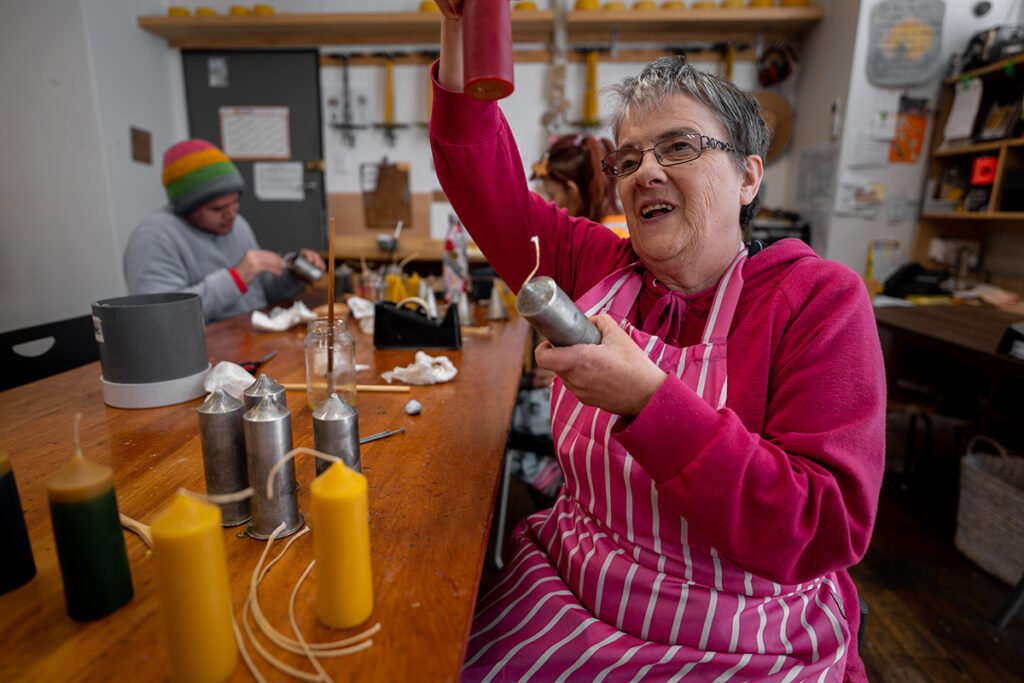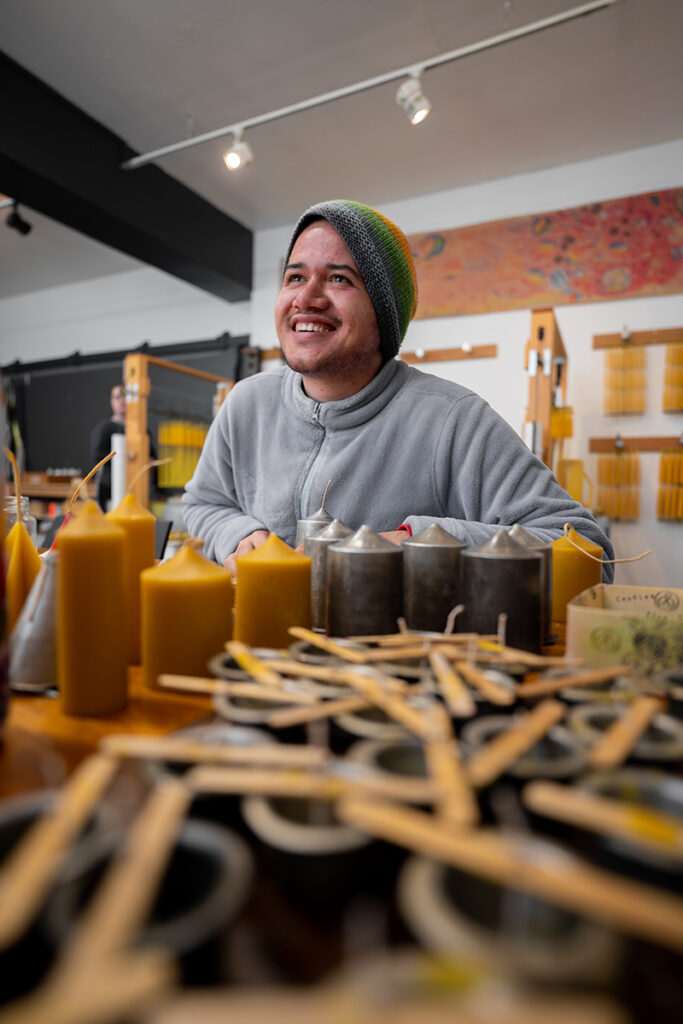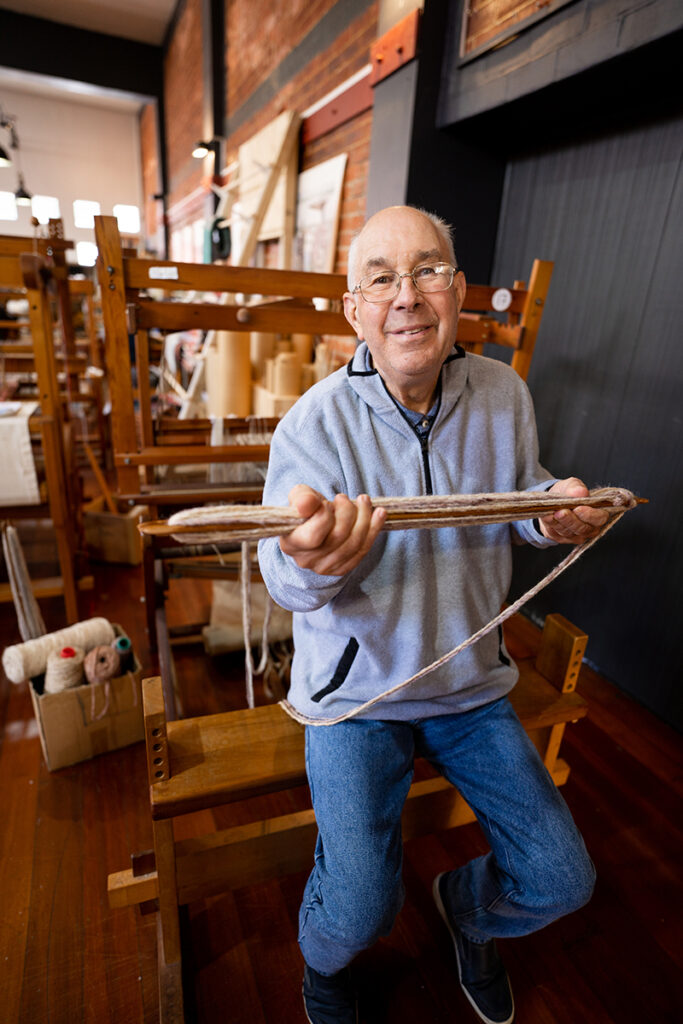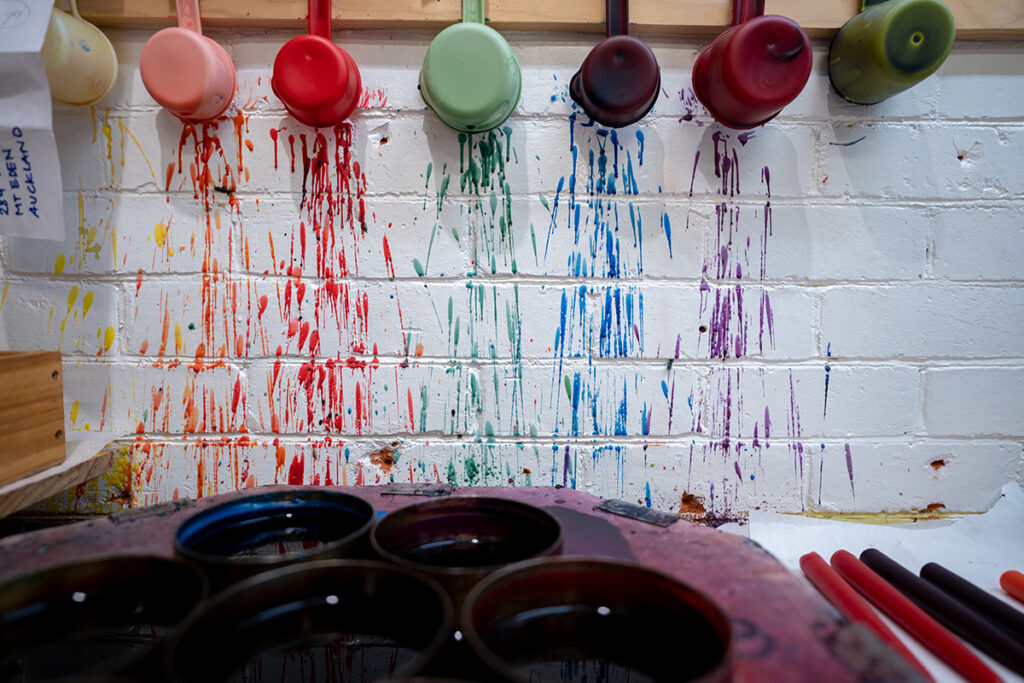The recent announcement by Minister for Culture and Heritage, Carmel Sepuloni of an $18 million injection of funding for the Creative Spaces Initiative brings into focus accessibility to the arts for all.
This is a new fund offered in two rounds over three years that is designed to remove barriers to participation in the arts and culture and support community groups struggling with limited funding to grow and expand their services.
Creativity through art often enables people with physical, cognitive and health challenges to express themselves and their perception of the world with a high degree of competence, not otherwise available to them through language and usual community interactions in daily living.
Provision of creative spaces for this community in Hawke’s Bay is Hōhepa Hawke’s Bay, RealPeople@Mosaic and more recently, by Raukatauri Music Therapy – these being the only ones listed on the Arts Access Aotearoa website.
It begs the question how well are mental health or rehabilitating stroke sufferers, the homeless, those struggling with poverty and overcrowding being catered for in Hawke’s Bay? Is ‘arts for all’ available locally in low-decile communities or elder-care facilities, for example? Can physically and mentally disabled people join in on an equal level as they do at facilities in Auckland and elsewhere? At this point it is difficult to know, but this announcement may signal a turning point for wider provision of free arts access for all.
What is ‘creative space’
The Arts Access Aotearoa website says:
“Creative spaces are organisations and places where people who experience barriers to participation can make art, or participate in artistic activities such as theatre, dance, circus, music, film and creative writing. Barriers to participation include intellectual or physical disability, neurological conditions, mental ill health, age-related vulnerability (elderly or youth at risk), cultural isolation or poverty. These organisations and groups provide space, resources and assistance in ways that will lead to self-expression, empowerment and self-development through making art or participating in artistic activities.”
Hōhepa’s Creative Works provides an example. The Napier studio is part of the extensive Rudolf Steiner community comprising a fully functioning school, organic dairy farming and horticulture, numerous residential homes and workspaces based in Poraiti, Clive and Napier.
The workshop-cum-studio was opened three years ago in Tennyson Street, primarily focused on weaving and candle making. It is a large and beautiful space providing work and art therapy for about 40 people with special needs, supported and mentored by four full-time staff Julia Scholl, Yasmin Dubrau, Ruth Schirge, Danny McKellow and Toni Mckie. It’s a great place to work – light and airy with natural wood floors and exposed brick walls and with a cheerful collegial atmosphere.
There are 24 looms of various sizes and levels of complexity, producing beautiful woollen products. The processes being engaged in are satisfying and creative and a number of their service-users are long-time members with a high level of weaving experience and skill. In the candle shop 12 people are engaged in the manufacture of pure beeswax high-quality candles. Everyone here is incredibly proud of their work and they love to welcome in visitors and members of the public.
Some may reside in Hōhepa housing located at Clive and Poraiti, others live in sheltered housing in the community or are living with their families and quite a number are referrals by the Ministry of Social Development for ‘community engagement’.
The joy of coming to work each day and the companionship provided by working together is evident. The work is meaningful on many levels – creatively, productively and socially. Wood and stone carving also feature in the Hōhepa creative activities as well as kapa haka, eurythmy, choir singing, music, speech and drama as forms of therapy.
Hōhepa’s future projects
Hōhepa HB has submitted a Creative Spaces funding application for two projects designed to extend their creative activities. The focus for both projects is on creativity as an everyday experience for people who are otherwise overlooked and excluded through a narrowed vision of their capabilities and aptitudes.
The first is in dramatic performance with the expansion of the existing Hōhepa drama club to become a drama school. The goal is developing performance skills, with a large-scale annual production and workshops throughout the year in collaboration with Shakespeare Globe Centre NZ (SGCNZ) employed as part of the programme delivery. The second project is developing skills in ceramics as a creative enterprise. It is intended that both will be developed into a permanent resource for the region’s disability sector.
A percentage of spaces in both projects will be reserved for students not supported by Hōhepa. Māori with disabilities will be specifically approached and there will be an emphasis on ensuring te ao Māori is recognisable to improve service uptake.
The ceramics studio and the drama school will be easily accessed by people with intellectual disabilities from the wider community, alongside other interested people and groups willing to support the studio on a voluntary basis.
All activities operate within the Rudolf Steiner philosophy, a holistic and spiritual way of looking at the world that Santiago DeMarco, Hōhepa’s general manager, describes as “the art of being human” – to engage in meaningful work by participating and contributing to the community as a whole.
“Every life fully lived,” is the Hōhepa mission statement.
Historically, ‘creative spaces’ is not a new concept. Helen Clark’s Labour Government saw creative spaces blossom around the country thanks to generous arts funding and were open to all. Some still operate like that, but under John Key’s National Government, adult education was scrapped in the 2009 budget along with community funding for the arts and creative spaces, narrowing access.
More creative spaces
Other local groups that fit the description ‘creative spaces’ include RealPeople@Mosaic and Raukatauri Music Therapy.
The latter, recently extended to Hawke’s Bay, was founded in Auckland 20 years ago by Hinewehi Mohi, who has since returned home to live in Hawke’s Bay. The Auckland group serves 500 people and was named for Hine’s daughter Raukatauri. Born with severe cerebral palsy, she responded so well when exposed to music therapy in the UK, Hine sought out music therapists here and established this much valued service.
Locally, music therapist, Will Darbyshire is working mainly through Tamatea High School a few days a week and one day is spent at Havelock North Function Centre. He is also working with participants at Mangaroa Prison.
RealPeople@Mosaic in Taradale is the distinctive mosaic-clad building in Gloucester Street adjacent to the residential home, Rowan House, run by Enliven for people with disabilities.
Mosaic offers ACE (adult & community education) courses to students with different abilities in the areas of numeracy, literacy and computer literacy, plus art and craft activities, music therapy and pottery. It was originally conceived as a ‘creative space’ in the widest sense – i.e., all-inclusive access to all with artist volunteers in support, but that is no longer the case due to funding cuts.
With the new ‘Arts for All’ Creative Spaces fund now available, there may be groups within the Hawke’s Bay region that qualify – groups that are already supporting people with mental health conditions or those who for other reasons are socially isolated and unable to participate in creative activities. Funding applications for the next round opens early in May 2021.
Creative spaces
More than 11,000 people use creative spaces throughout Aotearoa. The Ministry estimates the fund will grow that by an additional 2,000 people. There is great diversity; some spaces are part of community daycare programmes, hospitals or training centres, but most are community-based and operate as independent trusts.
This is the first funding opportunity as part of the $70 million Te Tahua Whakahaumaru Creative Arts Recovery Employment (CARE) Fund announced in May as part of Budget 2020.
Arts Access Aotearoa is an agency partnered with the Ministry of Culture and Heritage to facilitate access to funding. It has appointed two specialist advisors whose role is to support the application process and the recipients over the longer-term. Potential applicant groups are encouraged to take advantage of the Arts Access advisory assistance. fundingsupport@artsaccess.org.nz






